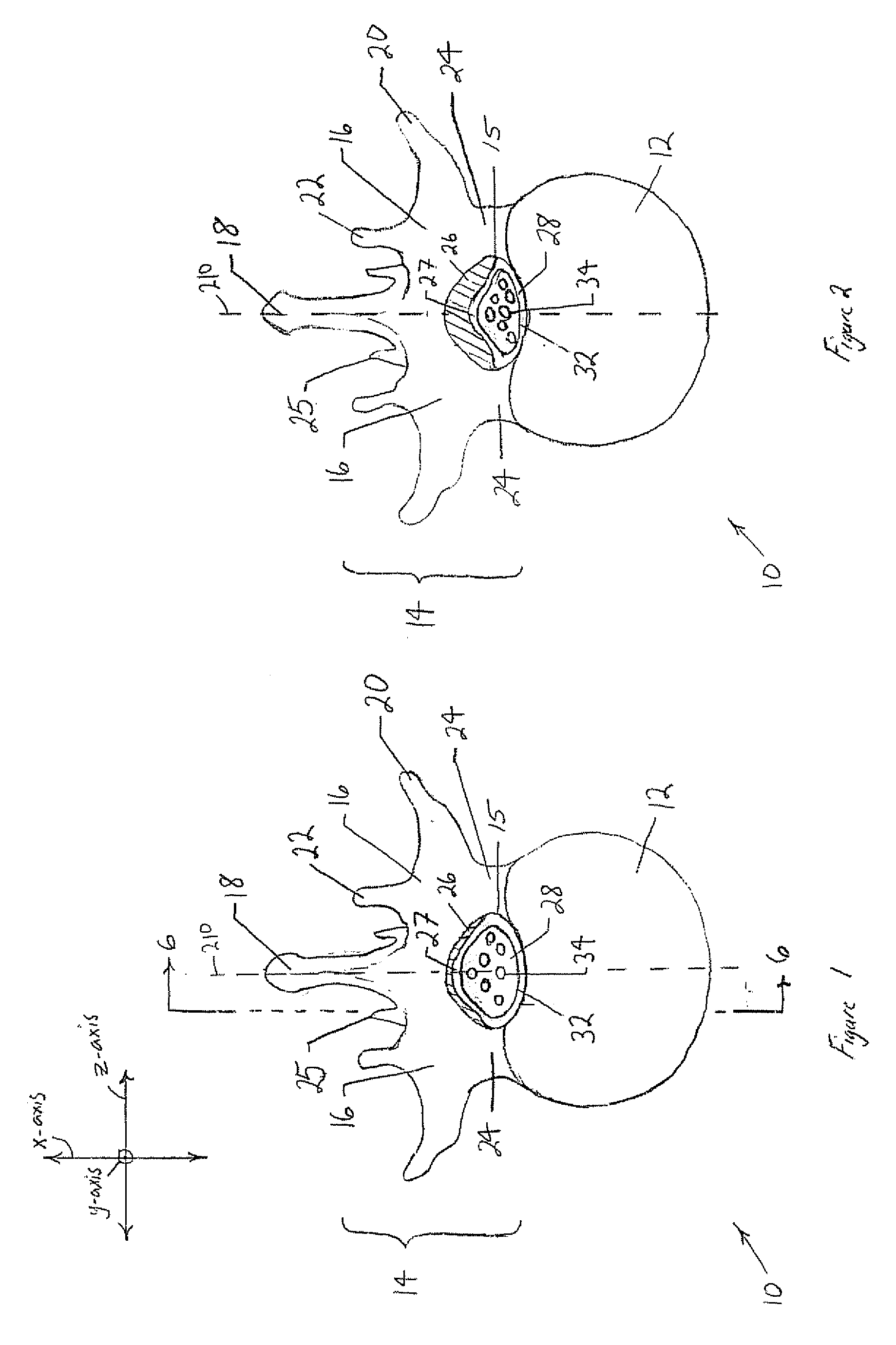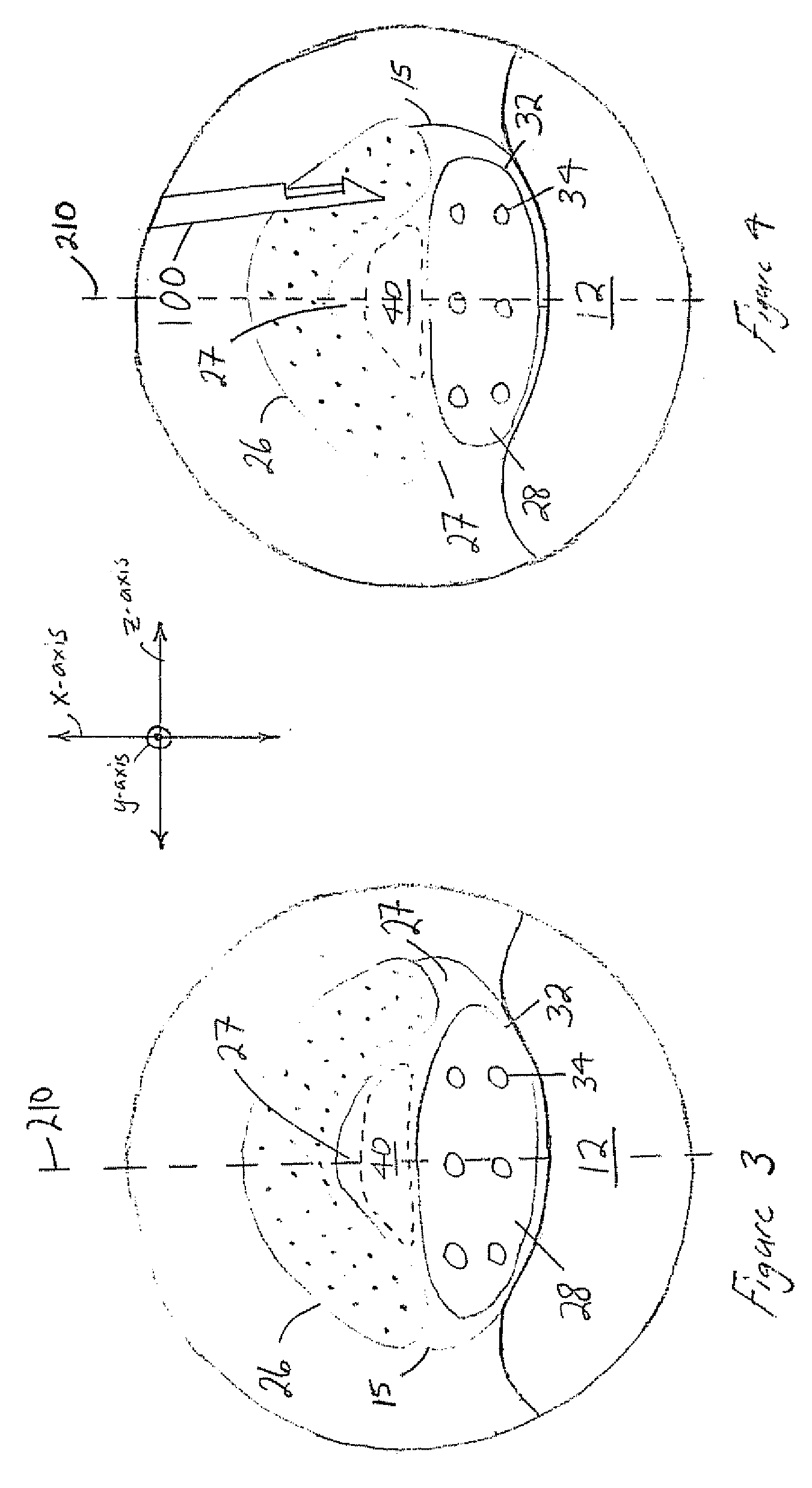Ipsilateral Approach to Minimally Invasive Ligament Decompression Procedure
a ligament decompression and ipsilateral approach technology, applied in the field of ipsilateral approach to minimally invasive ligament decompression procedure, can solve the problems of back pain, leg pain, weakness and numbness of legs, patients often develop spinal instability, and conservative treatment options often fail
- Summary
- Abstract
- Description
- Claims
- Application Information
AI Technical Summary
Benefits of technology
Problems solved by technology
Method used
Image
Examples
Embodiment Construction
[0045] The following discussion is directed to various embodiments of the invention. Although one or more of these embodiments may be preferred, the embodiments disclosed should not be interpreted, or otherwise used, as limiting the scope of the disclosure, including the claims. In addition, one skilled in the art will understand that the following description has broad application, and the discussion of any embodiment is meant only to be exemplary of that embodiment, and not intended to intimate that the scope of the disclosure, including the claims, is limited to that embodiment
[0046] For purposes of this discussion, the x-, y-, and z-axis are shown in FIGS. 1, 3, 5, 6, and 7 to aid in understanding the descriptions that follow. The x-, y-, and z-axis have been assigned as follows. The x-axis is perpendicular to the longitudinal axis of the vertebral column and perpendicular to the coronal / frontal plane (i.e., x-axis defines anterior vs. posterior relationships). The y-axis runs ...
PUM
 Login to View More
Login to View More Abstract
Description
Claims
Application Information
 Login to View More
Login to View More - R&D
- Intellectual Property
- Life Sciences
- Materials
- Tech Scout
- Unparalleled Data Quality
- Higher Quality Content
- 60% Fewer Hallucinations
Browse by: Latest US Patents, China's latest patents, Technical Efficacy Thesaurus, Application Domain, Technology Topic, Popular Technical Reports.
© 2025 PatSnap. All rights reserved.Legal|Privacy policy|Modern Slavery Act Transparency Statement|Sitemap|About US| Contact US: help@patsnap.com



